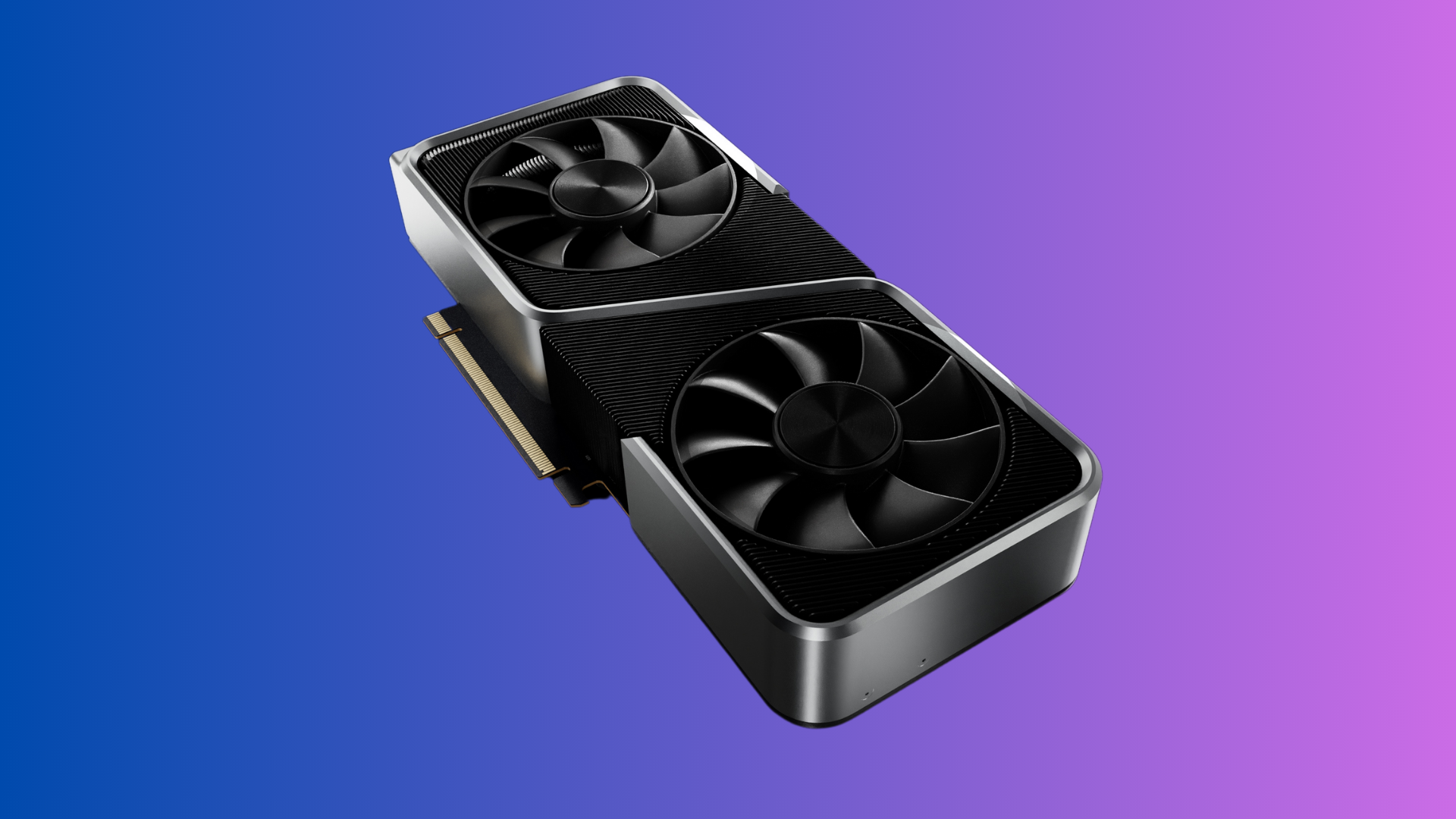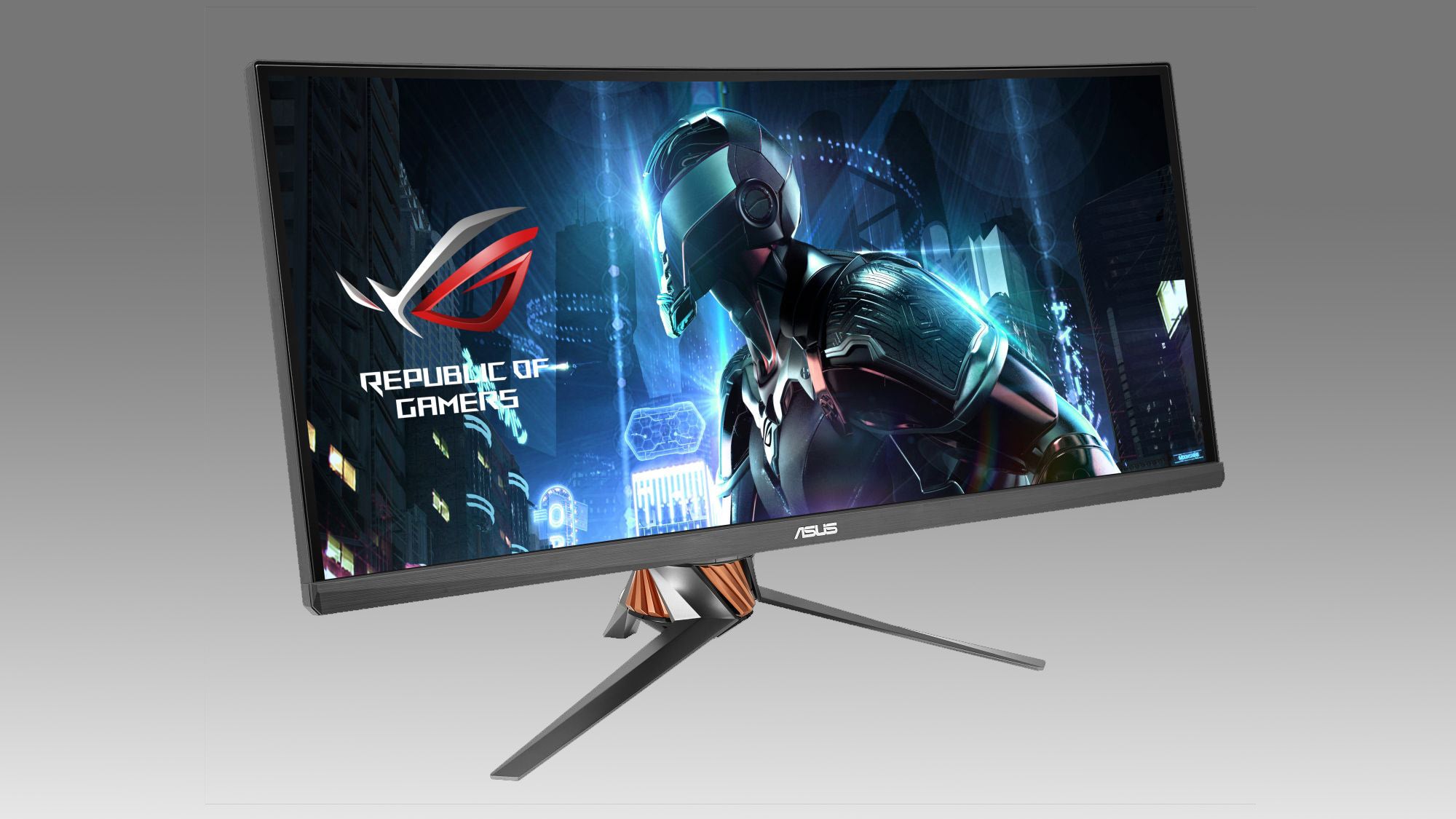What is screen tearing?

Screen tearing is the enemy of most PC gamers.
Not only does it ruin the beautiful environments that game developers develop, but it can also be a massive hindrance to any online competitive matches that require sharp reflexes and an even sharper screen.
To find out more about screen tearing, how to detect it and how you can prevent it, keep reading on.
What is screen tearing?
We have likely all experienced screen tearing in one form or another. It occurs when your game’s frame rate (produced by your GPU) and your monitor’s refresh rate don’t sync up, resulting in horizontal or vertical splits occurring in one or more places across the screen.
It happens mostly in video games, though it can also occur in any other device where the display refresh rate and actual frame rate don’t match up.

This typically occurs when a GPU is struggling to keep up with the high refresh rate of a monitor. If a game’s frame rate suddenly drops, the GPU can send an incomplete frame. So instead of one full frame being displayed on screen, it will display an incomplete frame on top of the old frame, resulting in a mismatched image that looks like a tear.
Not only can it look ugly, but it can break the immersive experience of playing a video game.
How can I prevent screen tearing?
Thankfully, there are a couple of ways that you can prevent screen tearing from occurring while you game.
Variable refresh rate, or VRR, can be used to eliminate screen tearing. You can check out our explainer article on VRR for a more in-depth look at the technology, but in a nutshell, VRR allows your screen to dynamically alter its refresh rate in order to keep synced up with a game’s refresh rate.
In order to use this technology, you’ll need to make sure that your TV or monitor supports VRR. There are different types of VRR technology, including FreeSync and G-Sync. The former is software from AMD, while the latter is from Nvidia. Click on the links prior to see the full breakdown of each technology, as they do have slight differences, and you will need to ensure that you have the appropriate graphics card.
Do gaming consoles support VRR?
Sony recently introduced VRR to the PS5 console, so it can now be toggled off and on in the settings.
The Xbox Series X and Series S also support VRR, making it easier for console gamers to experience their favourite games without screen tearing. You won’t be able to make use of VRR on older consoles including the Nintendo Switch, but since such hardware is locked to a frame rate of 60fps you’re unlikely to encounter any screen tearing issues.
A lot of gaming monitors support VRR, though you will need to check the specs of any monitors you are interested in. We recommend checking for VRR if you are looking to game, and especially if you are going to be playing high-octane games like Call of Duty: Vanguard or Battlefield 2042 since screen tearing can massively interfere with online matches.








